




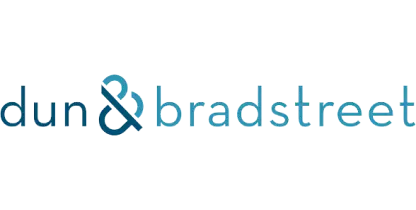
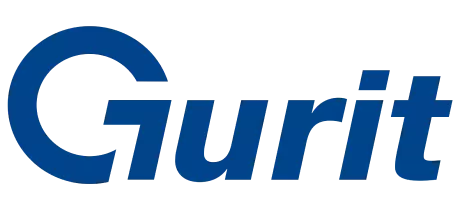




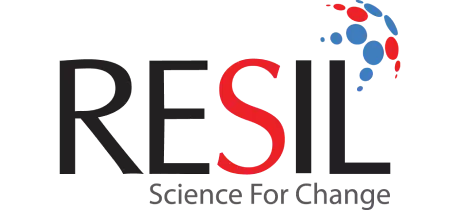


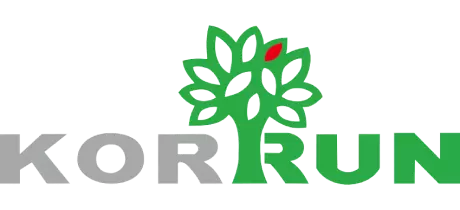

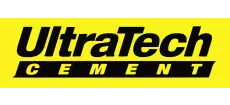
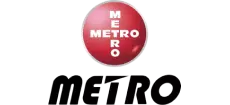

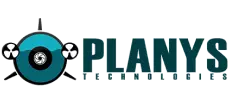




















Elevate Maintenance Management with Advanced CMMS








































CMMS stands for "Computerized Maintenance Management System." It's a software tool used by organizations to help them manage and keep track of maintenance activities for equipment, machinery, and facilities. CMMS systems help businesses schedule maintenance, track work orders, and ensure everything stays in good working order, reducing downtime and saving money in the long run.
CMMS systems, or Computerized Maintenance Management Systems, consolidate maintenance-related information and tasks within a single software platform. They enable organizations to efficiently manage maintenance operations by inputting equipment details, creating maintenance schedules, generating work orders, and tracking inventory. Maintenance teams receive work orders, complete tasks, and update statuses through the system.
CMMS systems provide valuable insights through reporting and analytics, facilitating data-driven decisions for effective maintenance strategies and resource management. In summary, CMMS systems streamline maintenance processes, enhance efficiency, reduce downtime, and optimize resource allocation.
CMMS software, or Computerized Maintenance Management System software, has various features to help organizations manage maintenance effectively. Some Key Features include,
CMMS (Computerized Maintenance Management System) software is a valuable tool for businesses, offering a range of benefits to streamline maintenance operations. Here, we have highlighted how it can benefit your organization.
Maintenance teams primarily utilize CMMS software solutions to streamline operations, track assets, and manage work orders. Industries ranging from manufacturing, healthcare, and hospitality to educational institutions and public facilities often employ CMMS. Here are a few areas where CMMS is used.
Using a CMMS (Computerized Maintenance Management System) can benefit your organization in several ways. It helps streamline maintenance operations by scheduling tasks, tracking work orders, and managing inventory efficiently. This leads to less downtime, cost savings, and extended equipment life. CMMS also ensures compliance with safety regulations and offers valuable insights through reporting and analytics. Overall, it enhances productivity, reduces operational costs, and ensures that your organization's assets and facilities are well-maintained, contributing to smoother operations and improved profitability.
The cost of CMMS software can vary widely depending on several factors. These factors include the size of your organization, the number of users, the complexity of features needed, and whether you choose a cloud-based or on-premises solution. Typically, CMMS software can range from a few hundred dollars monthly for small businesses to thousands of dollars for larger enterprises. Some software providers offer pricing plans based on a subscription model, while others charge a one-time fee. It's important to evaluate your organization's specific requirements and budget to choose a CMMS solution that suits your needs and financial constraints.
Calculating the return on investment (ROI) for a CMMS (Computerized Maintenance Management System) involves assessing the benefits and costs associated with its implementation. To do this, follow these steps:
Unlock Maintenance Excellence with Cryotos CMMS. Cryotos CMMS is your gateway to a new era of maintenance excellence. Our comprehensive platform empowers maintenance teams to streamline operations, reduce downtime, and maximize the lifespan of assets and equipment. With AI and IoT-driven technology, we take a proactive approach to maintenance. We simplify your work order management, inventory control, and asset maintenance, offering centralized data for enhanced efficiency.
A CMMS, or Computerized Maintenance Management System, is software that helps organizations manage and streamline maintenance operations for equipment, machinery, and facilities.
CMMS software reduces downtime, lowers maintenance costs, extends equipment life, and improves productivity by efficiently scheduling and tracking maintenance tasks.
No, CMMS is beneficial for organizations of all sizes. Small businesses can also benefit from improved maintenance efficiency and cost savings.
Modern CMMS solutions are designed to be user-friendly. Training and support are often available to help users get started.
No, CMMS is used in various Industries to manage maintenance activities, including healthcare, hospitality, facilities management, and more.
CMMS supports both preventive and corrective maintenance. It can also manage work orders, inventory, and equipment history.
CMMS software can be both cloud-based and on-premises. The choice depends on your organization's preferences and needs. Cloud-based solutions offer easy accessibility, while on-premises solutions provide more control over data.








ThinkViable Holdings LLC
No:11, Bldg:186, Way no: 4213, Azaiba, Muscat, Sultanate of Oman

Techzanite Consultants Limited Toure Drive, Golden Tulip, Masaki, Plot 1820, P.O.Box 6300, Dar es Salaam, Tanzania.

2 Florinas Papacosta, 1st Floor, Kallithea, 2548 Dali, Lefkosia – Cyprus Michalis Christodoulides.